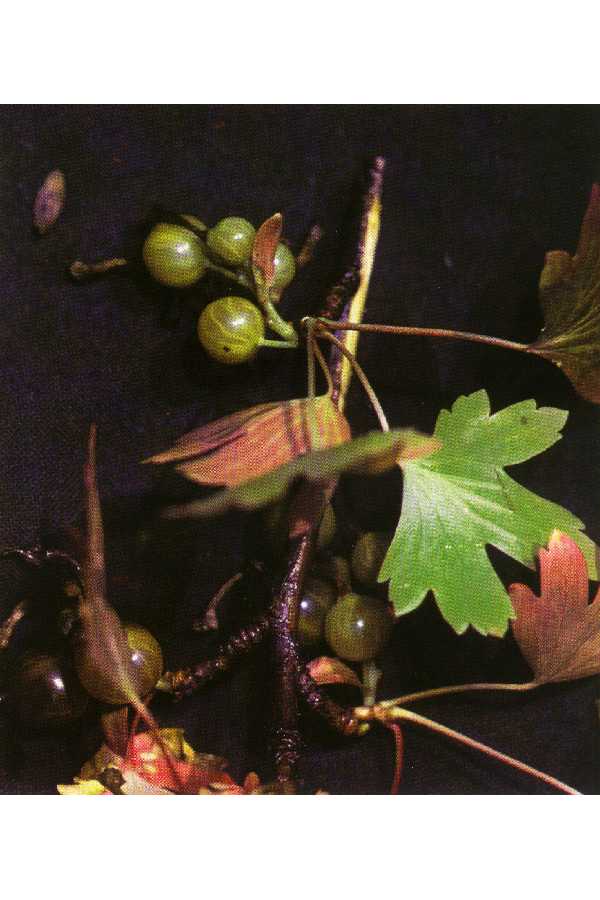Ribes
|
Family: Grossulariaceae |
Shrubs usually synoecious (R. diacanthum dioecious). Stems usually differentiated into short shoots and long shoots, often glandular-pubescent, bearing spines at nodes or not, internodal bristles present or absent. Leaf blades roundish, ovate, obovate, reniform, or triangular to pentangular, surfaces glabrous or hairy, often glandular, palmately veined. Inflorescences terminal or axillary racemes, corymbs, or solitary flowers; bracts subtending pedicels persistent. Flowers: free portion of hypanthium saucer-shaped, cup-shaped, campanulate, or tubular; sepals greenish, white, yellow, pink, red, or purple; petals greenish, white, yellow, pink, red, or purple; nectary disc prominent, dark red, purple, or yellow, relatively thick, or not prominent, greenish. Berries globose. x = 8. Distinction between currants, which mostly lack nodal spines and internodal prickles and have a joint in each pedicel, and gooseberries, which have nodal spines, internodal prickles, and unjointed pedicels, has been made at least since the time of Theophrastus (Q. P. Sinnott 1985), and has been supported by molecular data (A. E. Senters and D. E. Soltis 2003; L. M. Schultheis and M. J. Donoghue 2004). Subgenus Grossularia (Miller) Persoon appears to be monophyletic; disposition of the remaining taxa into subgenera or sections is still in question. M. E. Janczewski (1907) wrote the only worldwide monograph and recognized six subgenera, a view supported by M. Weigend et al. (2002). F. V. Coville and N. L. Britton (1908) provided the most comprehensive treatment of the group for North America and recognized Ribes and Grossularia at generic rank. Some North American floristic treatments have used species circumscriptions of A. Berger (1924). Section Grossularia is the only one in North America that has been comprehensively monographed (Sinnott). No subgeneric classification is presented here. Species are ordered following the phylogenies presented in A. E. Senters and D. E. Soltis (2003) and L. M. Schultheis and M. J. Donoghue (2004), which agree, in general, with the arrangement in F. V. Coville and N. L. Britton (1908), which was repeated, in general, in subsequent floristic accounts. Taxa not treated in the molecular studies have been placed based on morphological similarities.
Hypanthium prolonged beyond the inferior ovary, saucer-shaped to tubular; sep longer than the small pet; sep, pet, and stamens (4)5, the stamens opposite the sep and (except in R. lacustre) usually inserted at the level of the sinuses; ovary unilocular with 2 parietal placentas; style usually bifid; fr a many seeded berry; shrubs with palmately veined and lobed lvs (many of them fascicled on short lateral branches) and small fls in small clusters or racemes. (Grossularia, Limnobotrya) 150, N. Temp. and Andes. Gleason, Henry A. & Cronquist, Arthur J. 1991. Manual of vascular plants of northeastern United States and adjacent Canada. lxxv + 910 pp. ©The New York Botanical Garden. All rights reserved. Used by permission. |

